Christmas may not be a traditional celebration in Japan but New Year (o-shogatsu) is a big deal and what better way to see in 2010 than with a celebratory feast.
The Japanese have celebrated New Year’s Day on January 1st since 1873. Before then they worked on the Chinese Lunar Calender, and had the festivities at the start of spring like their Oriental neighbours.
New Year is one of the most important festivals in the annual calendar with its own unique customs, including eating celebratory food known as osechi-ryori – a range of dishes, served in special lacquered boxes called jubako. Each dish symbolises a series of hopes and wishes for the New Year and osechi-ryori are cooked on New Year’s Eve and eaten until January 3rd.
Osechi-ryori was originally a way for families to survive the first several days of the New Year, when shops were closed. Today, the dishes can be ordered and bought in advance, rather like a Christmas turkey here, and sell out quickly.
There are a number of regional differences in how the dishes are prepared and seasoned and, as always, presentation is very important. The food is packed into the jubako in layers which are eaten over the New Year period and include ornate designs of vegetables and stunning colours.
Here are some traditional Osechi-ryori dishes that you may like to try yourself:
Kazunoko (herring roe) – Roe is a favourite at sushi restaurants where it’s called tobiko. This version is marinated in dashi, sake and soy sauce. It symbolises a wish to be gifted with numerous children in the New Year.
Kuromame (black beans) – A dish of soft and sweet beans. Mame also means "health," which is what it symbolises for the New Year.
Datemaki – A sweet rolled omelette made with dashi stock and symbolising wisdom and knowledge.
Kamaboko – A dense fish paste cake in red and white and arranged in an ornate pattern. The color and shape are reminiscent of the rising sun.
Gomame or Tazukuri – Dried sardines in a sweet sauce of sugar, mirin and sake that are eaten whole. The symbolism is for a good harvest.
Other popular dishes include prawns (long life) and sea bream (good fortune) and vegetables including Knobu seaweed, carrots, shitake mushrooms and pea pods.
New Year is traditionally a time for eating and drinking so try some of these Japanese delights and see if they bring you a healthy, prosperous 2010.

